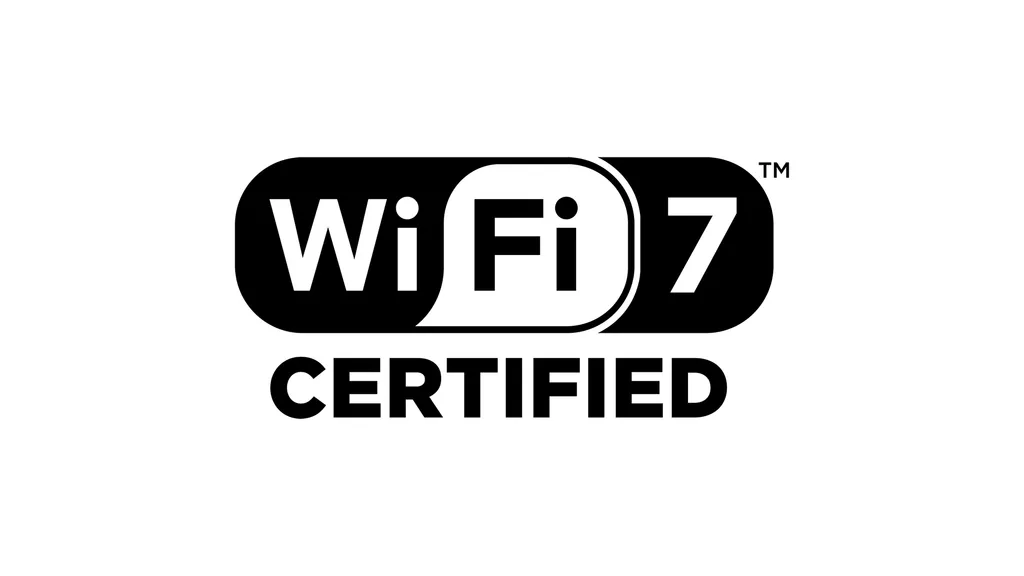Wi-Fi 7 is here, but it won't be a game changer for wireless VR.
As CES took place last week we saw the announcement of AR glasses for Galaxy S23, the launch date for Apple Vision Pro, a face & eye tracking addon for Vive XR Elite, and a new superlight model of Shiftall's MeganeX. We even saw a cheap Chinese knockoff of Apple Vision Pro on the CES show floor.
Another announcement you may have seen was the official release of Wi-Fi 7, along with claims that it promised "near-zero latency for wireless VR". However, this is a misunderstanding of the actual cause of latency in popular wireless VR.
What Causes Latency In Popular Wireless VR?
When you use a native tethered VR headset like Valve Index or PlayStation VR2, the PC or PlayStation 5 host device sends raw frames over DisplayPort, or HDMI on older headsets. The primary cause of latency in these systems is rendering itself, and it can be reduced by increasing the refresh rate - one of the reasons Valve supports up to 144Hz on the Index.
Many Quest-owning PC VR gamers today choose to play wirelessly, however. But unlike DisplayPort, Wi-Fi doesn't have sufficient bandwidth to transmit raw frames to the headset. So instead, each frame is heavily compressed by the GPU's video encoder to be small enough to send, then decompressed by the decoder in the headset's chipset. This is a relatively computationally intensive task, and the time it takes is the cause of the majority of latency in popular wireless VR.
For technical completeness, I should mention that some VR headsets use DisplayPort Display Stream Compression, abbreviated DSC. But DSC uses a near-lossless compression algorithm that is very computationally inexpensive, so adds near-zero latency and isn't the type of compression I'm otherwise talking about in this article.
With highly compressed wireless VR of the kind used on Quest, the Wi-Fi wireless link latency is already almost zero with Wi-Fi 6, so any marginal improvements Wi-Fi 7 promises to deliver will bring little benefit for the wireless VR experience.
But Could Wi-Fi 7 Handle Raw Frames?
Now I'm sure many of you are currently thinking: but won't Wi-Fi 7 have higher bandwidth, and so perhaps no longer need heavy compression?
Let's use Meta Quest 3 as an example - though keep in mind in reality it doesn't support Wi-Fi 7, and nor does any XR headset on the market.
Quest 3 has a resolution of 2064×2208 per eye, so at 90Hz it would require roughly 20 Gbit/sec bandwidth to send raw 8-bit frames to. If DSC was used, that would reduce to around 7 Gbit/sec. Wi-Fi 7 has a theoretical maximum bandwidth of 46 Gbit/sec. So we're good to go, right?
Not quite. The theoretical maximum speeds of Wi-Fi are never actually achieved in the real world. Wi-Fi 6E, for example, had a theoretical maximum of 9.6 Gbit/sec, but in the real world, even the highest-end routers only achieve around 1.7 Gbit/sec. Early tests of Wi-Fi 7 show it reaching around 4 Gbit/sec, short of what would be needed for even Quest 3, never mind much higher resolution headsets on the horizon.
Wi-Fi 7 Isn't Useless, But The Decoder Matters More
I'm not arguing that Wi-Fi 7 will be useless for VR. Even marginal reductions to transmission latency will be somewhat appreciated, its new features should help with stability in congested networks, and its increased energy efficiency could mean longer wireless play sessions.

But for the foreseeable future meaningful reductions in wireless VR latency will come from improved encoders and decoders, not Wi-Fi 7. The good news is we already saw this happen with the Snapdragon XR2 Gen 2 chip in Quest 3, and it reduced decoding latency by around 33%.




























